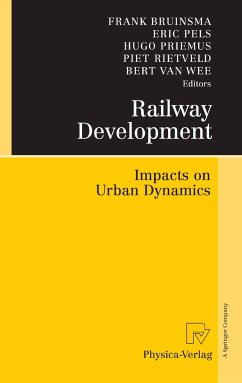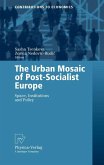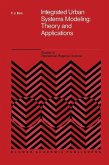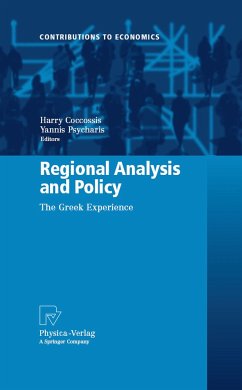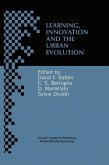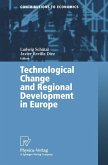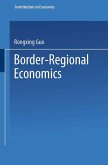Dieser Download kann aus rechtlichen Gründen nur mit Rechnungsadresse in A, B, BG, CY, CZ, D, DK, EW, E, FIN, F, GR, HR, H, IRL, I, LT, L, LR, M, NL, PL, P, R, S, SLO, SK ausgeliefert werden.
"The book edited by Bruinsma and his colleagues address the issues of modern rail development (in this air and auto age) and put much on the table for analysts and policymakers ... . strong value of this book-for both transport planners and policy scientists-is the collective wisdom from the perspectives shown in the case study chapters. ... One strength of the book ... will be looked at by policymakers as well as academics-is the depth and thought of the case studies." (Robert E. Paaswell, Journal of Regional Science, Vol. 49 (2), 2009)

